Google algorithm
It is a step method that figures out the logical steps to be followed by a computer in order to achieve a particular output. It is used in a wide range of applications, from normal calculations to complex computations, data analysis. The efficiency and accuracy of an algorithm depend on the quality of the instructions provided and the data stuffed to the algorithm. Good algorithms are designed to be efficient, responsive, and measurable. It delivers the best result for the queries of an users by delivering webpages ranked by relevance on its search engine result pages, the types of algorithms are :Google's Caffeine Update, Google Humming Bird Updates, Google Fred Algorithm, Google Payday Algorithm, Google Panda Algorithm, Google Penguin Algorithm, Google Rankbrain Algorithm, Google Mobilegeddon Algorithm , Google EMD Algorithm, Google Page Layout Algorithm, Google IIP Algorithm, Google Medic Update, Google Bert Update, Google Core Update
Google's Caffeine Update
It is not like algorithm moreover it's a update. The main intention of the Google Caffeine Update is to fast deliver of the updated content ad indexing, Before announcing of caffeine update most people used black hat SEO were used to rank their website but after this update there is a big change in Google algorithm for SEO to ranking their site because Google decided to show the updated and relevant data to the users, Caffeine indexing system easily crawl and indexing your submitted data. Google preferred to deliver the data to the users must be 50% fresh and latest data.
In 1998 the initial Google indexing system was introduced, Before this update in 1998 there were 2.4 million websites and 188 million people were used internets and by 2009 there were 100 times more websites at 238 million and 1.8 billion users. To handle the enormous amount of users the caffeine update were launched with this search engine result with images, videos and media were indexed more in search engine results.
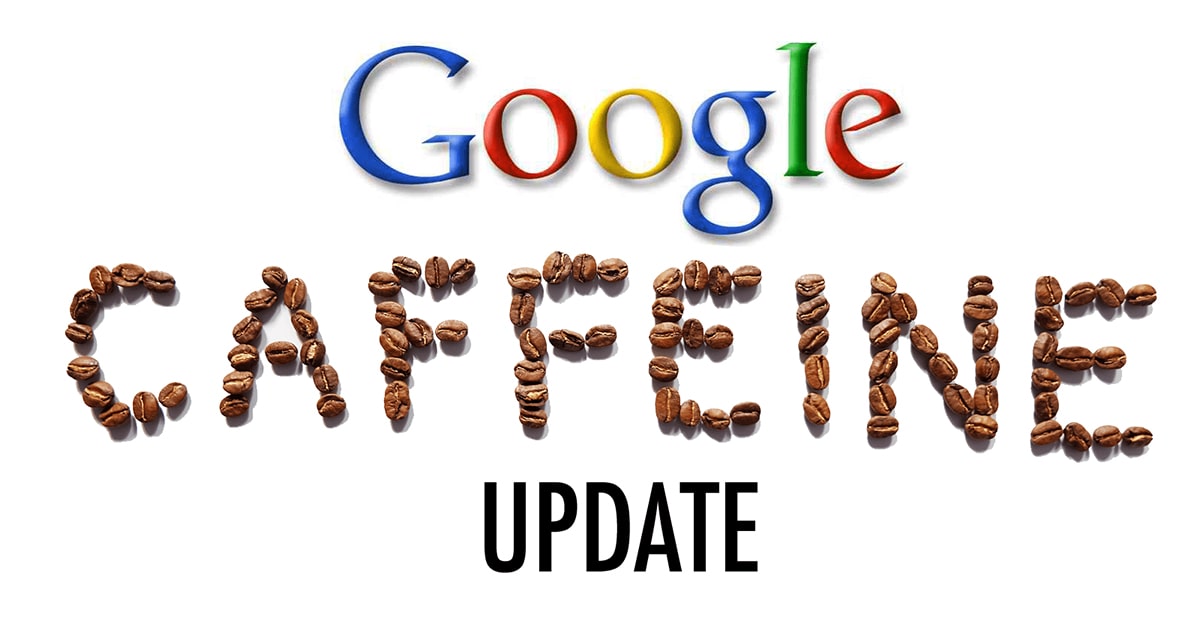
Google's Humming Bird Algorithms
This algorithm is mainly for users, Google's Humming Bird Algorithms is dependent on how your website loads as speed and how to Google search engine retrieves the data within seconds to the users .If your site has fresh and relevant content, this result to rank on Google search results, It must be responsive website means your site works on any devices it also concerned of the semantic results , Semantic means related things and it will inform the website owner that if you use LSI keyword on your site then your result also reflect on the top of the SERPs and it gives conversation results, Therefore the main intention of the search engines with this update for speed and relevant accurate data shown to the user.
For example, when the user search Men’s shoes as a query then within the it shows the relevant content based on your search query by crawling billions of data
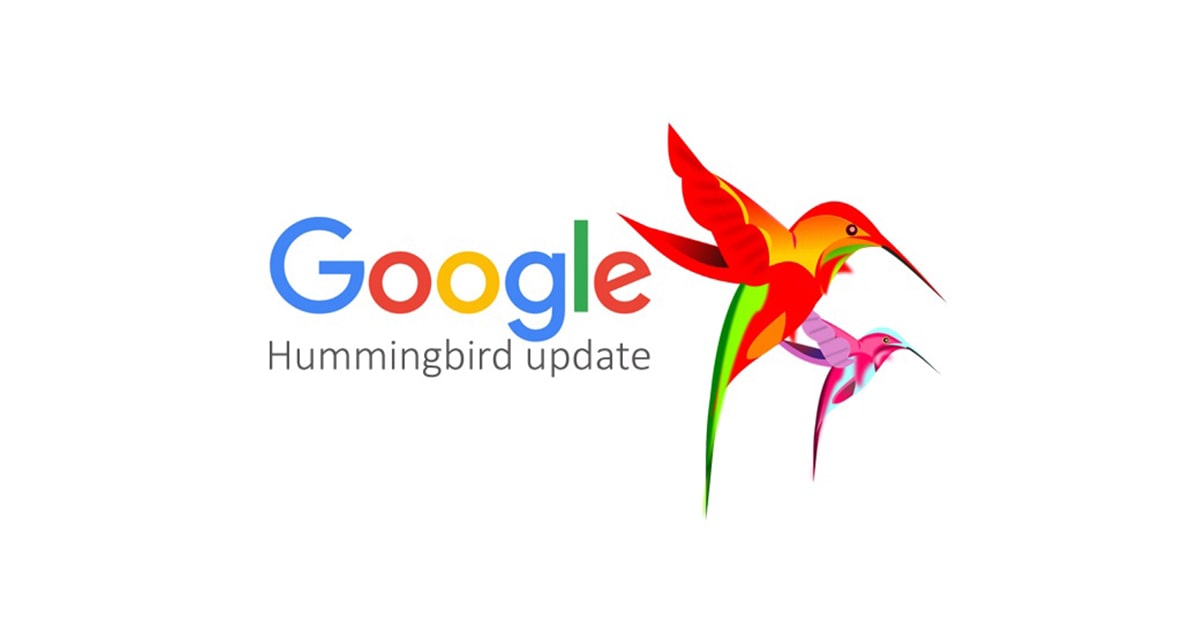
Google Fred Algorithm
Google Fred algorithm update that targets black hat SEO tactics linked to aggressive monetization. it includes an overload on ads, Low value content with little added user benefits. This algorithm rolled out in an attempt to remove what Google discover as low quality results, websites that dependend on thin content and aggressive ad placement.
Fred algorithm works on the basis of E-A-T(Expertise, Authoritativeness and trustworthiness), Fred algorithm mainly checks on site with low quality content with high number of ads, the area it targeted were some for all of:
- Too many Ads
- Thin content
- Poor link quality'
- Poor content quality
- Aggressive affiliate linking
- Overwhelming interstitials
- Deceptive ads
- Disproportionate main content
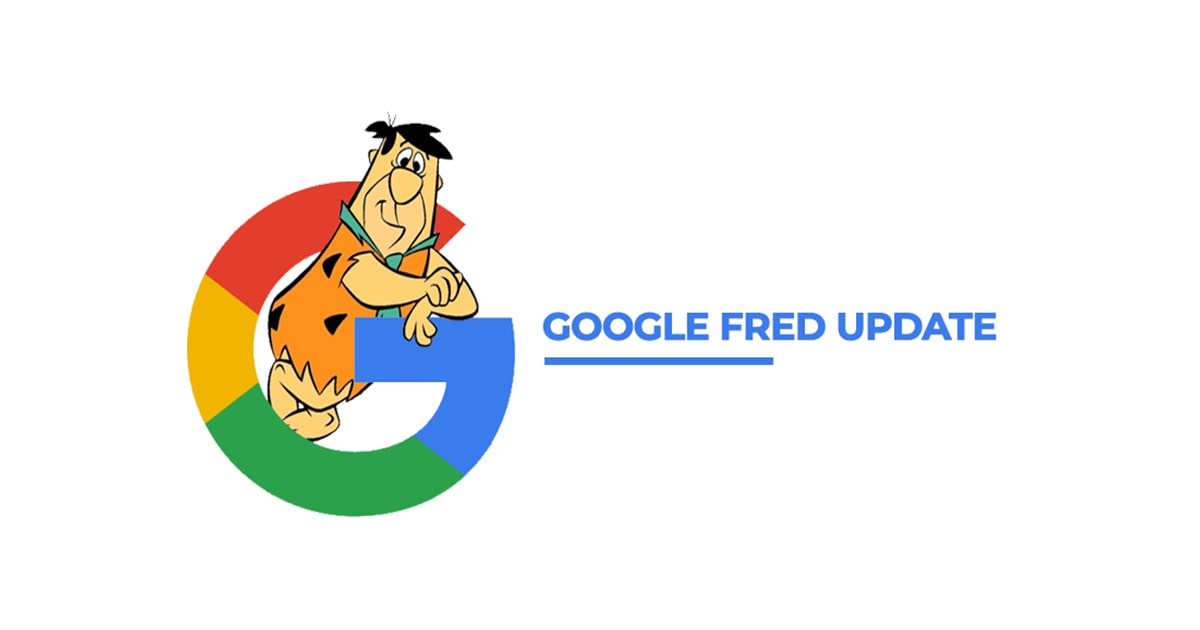
Google Payday algorithm
Google payday algorithm or Google payday loan algorithm is launched in June 2013 following that the next update was rolled out in may 2014. This algorithm is a collection of different algorithm updates, the main purpose is to identify and penalize the websites who runs a shady businesses like spam casino, spam loans, insurances and other financial businesses with heavily spam techniques to improve their rank and traffic
This algorithm filter out the low quality websites that uses spam technique to boost their ranking and this was one of the Google's most important updates which targets spammy queries mostly associated with shady industries like super high interest loans and payday loans, pron and other spammed queries

Google Panda algorithm
Google Panda Algorithm was released in 2011, This algorithm was launched to figure out websites with narrow, low-quality content This was the beginning of a series of a major targets for low-quality sites and content farms(creating multiple same content and publishing again in Google for ranking purpose). One of the major benefits of this Google panda algorithm is that, it figures out all sorts of unwanted, unnecessary , and irrelevant content from the overall interest. Interested users generally look for accurate page information rather than the bulk of links that provide the information, after launching of this algorithm, as part of Google's search to reject black hat SEO tactics and website spams. At the time user complaints about the increasing influence of "Content forms" had grown uncontrolled.
This algorithm implements the page quality score if the page quality score is low that page ranking on Google search become hard, Now you can see how important it was a Google's first step to focus on quality and user experience, Google launched Panda algorithm based on 23 questions as guiding questing the algorithm was based on:
- Did you trust the information presented in the article?
- Whether this article is written by expert or enthusiast?
- If the site contains duplicate and overlapping articles on the same topic with slight change of different keywords?
- Is it comfortable giving your credit/debit card details to this websites?
- Does this site have, spelling mistakes and style errors?
- Are the topics are genuine ad interests for readers and that topics were based on users or just created for Google ranking purpose?
- Is this article provide original content?
- whether the page provide substantial value when compared to other websites
- quality check of content
- Does this article contain both side of stories?
- Is the authority of a content is strong or not?
- Is the content is from another website or outsourced content?
- whether the article is edited or appear sloppy?
- Whether you trust the information from the ranked sites of Google search result for a health related query
- whether you trust the author of the particular article based on authoritative source when mentioned by name?
- Does the article give you the complete description of the topic?
- Does the article contains extra insights and analysis of information?
- Did you bookmark, recommend and share the page you want?
- Does this article contains overmuch amount of ads that distract user from reading the content?
- whether this article is good for printed magazine, book or encyclopedia?
- Whether the article is short and incomplete?
- Does the website provide the article with great care and attention to details?
- would user raise complaint for a page from the sites?

Google penguin algorithm
On April 2024 Google Penguin algorithm update was announced. The aim of this update is to reduce web spam, penatilize sites that are violated Google's webmaster guidelines by practising black hat SEO tactics to get links and manipulate search engine ranking. If you got spam or irrelevant links or an unnatural amount of anchor text that's misleading Google users will be annoyed, and the Google will do the best to prevent that from happening, Priority of the Penguin algorithm is to figure out the high volume links to determine a webpage's scoring when crawled, indexed, and analyzed by Google search engine, By this update Google clearly mentioned that the quantity of backlinks is not important but the quality is superior , Google controlled the spam content by not allowing the sites to rank on search results, When the penguin algorithm first launched in April 2012, it affected more than 3% of entire search results.
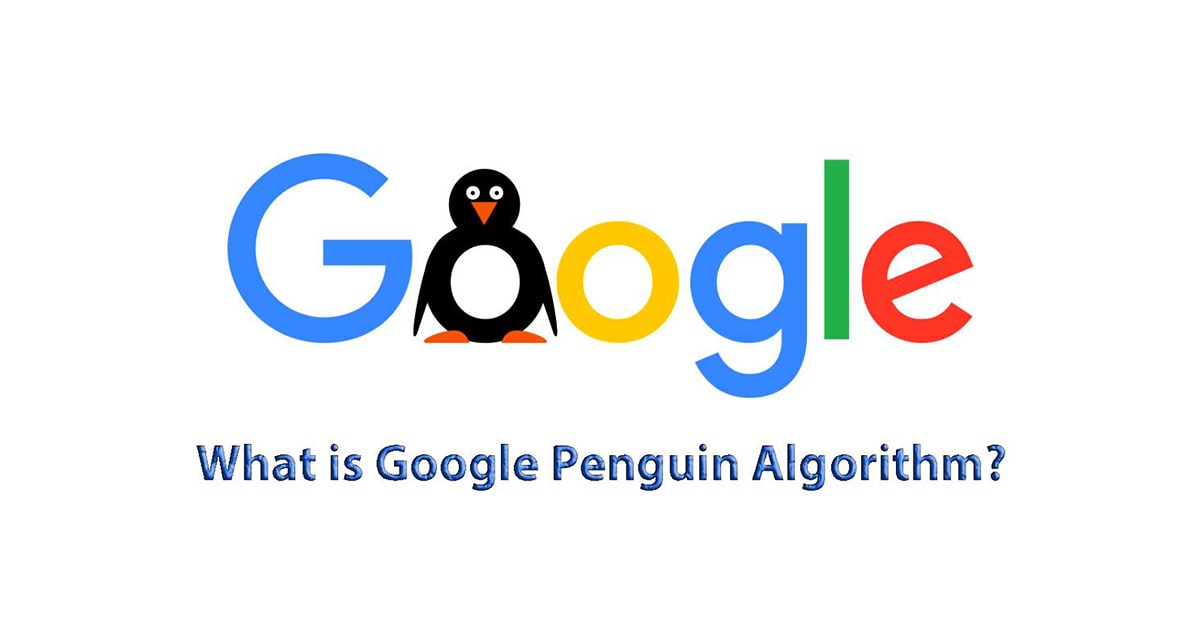
Google Rankbrain algorithm
Google Rankbrain algorithm become a revolutinary algorithm, Too many updates were came but this algorithm become more important because after caffeine update in 2003 it is the most important update, After Rankbrain there is a chance of 15% of global search, when a query is entered into Google the search algorithm matches the query against your intent in an effort to surface the best content in the best formats.
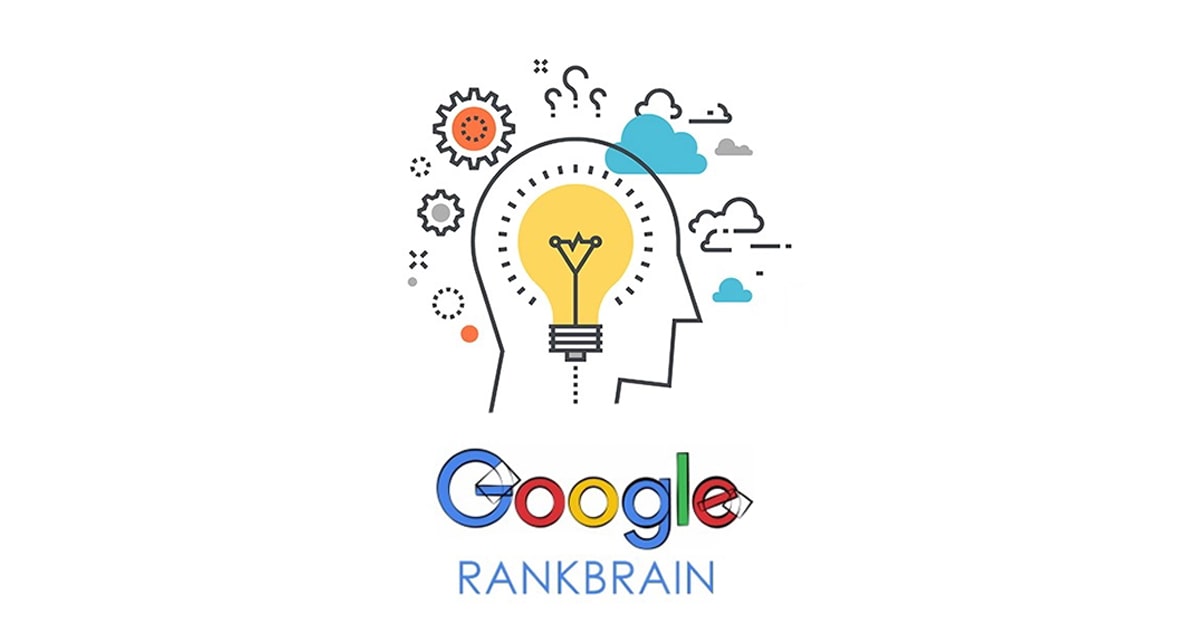
Google Mobilegeddon update
Google Mobilegeddon algorithm is launched after a Rankbrain algorithm, it is Google's mobile-friendly update that meant big changes to mobile search rankings results and official use in the mobile era, this mobile-friendly algorithm is supposed to give an additional ranking boosting for mobile-friendly websites in the mobile search results, this update provided no grey area, your pages were either mobile friendly or they weren't, There was no-in between, This algorithm mainly focus on
- Affects only search ranking on mobile devices
- It handles all languages results
- All pages of the websites must be mobile-friendly.
- Google is more concerned about improving the user experience as much as possible and aligning with user behaviors and trends.

Google EMD(Exact Match domain) Algorithm
Google EMD Algorithm (Exact Match Domain) is a website domain that includes the targeted keywords in it, because stuffed domains was a easy way to boost your search engine rankings untill Google caught on. these tactics are comes under black hat SEO, For example if you are purchasing a domain by the name of Botique in Chennai so this name of keyword which is targeting the particular place, and this is exact match domain like this many company purchased domain based on keywords, At that time Google launched Exact match domain algorithm and this affects ranking, This update is focus on , ridding the SERPs of spam or low quality exact match domains, After this algorithm many companies started purchasing the domains by their brand name.
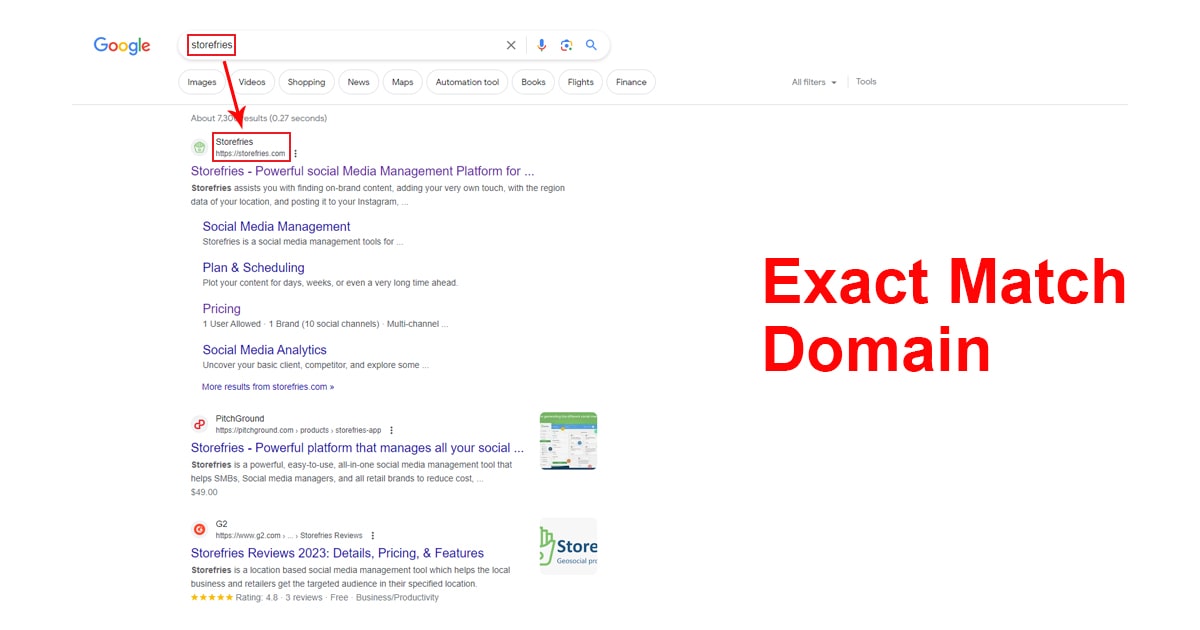
Google page layout algorithm
Page layout algorithm is launched on 2011, this algorithm is prevent too many static ads, Example I you enter some websites, Ads will be displayed first than the content, and if you want to explore the content you have to scroll down the page to see the content. According to google this algorithm would affect less 1% of website, But those 1% of sites affected were forced to redesign for better user experience, You can check your site activity using Google webmaster tools.

Google IIP Algorithm
Google IIP Algorithm (Intrusive Interstitials Penalty) update is to penalize website that use Intrusive Interstitials on mobile, this update was officially announced mobile, this update was officially announced on January 10 2017 by Google, This update are necessary just pop-up ads mainly anything that blocks most of a mobile landing pages. Banners and overlay of posts can also be classed as an intrusive interstitials. It leads to poor user experience, this algorithm mainly focused on mobile devices, The main intension of this algorithm to find out the website those are all using vast amount of pop ups, banners, overlays then demote from the search results, Google officially launched this algorithm on 2007.
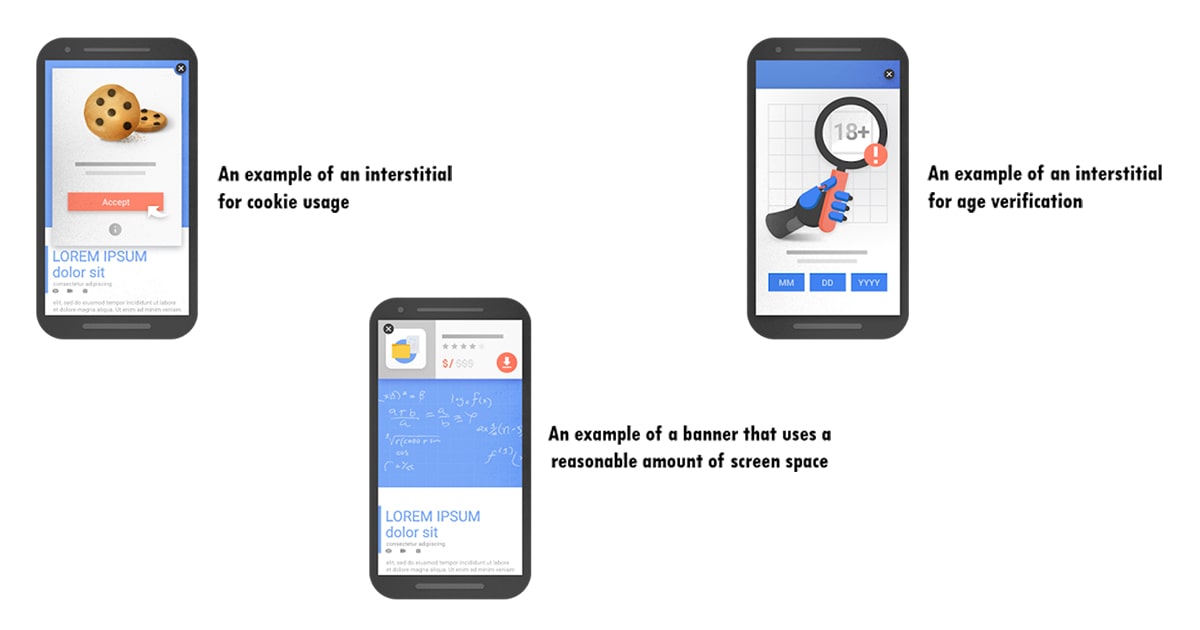
This algorithm has three conditions
- Don't use any popup, banners and overlay that hides most of the contents.
- Don't use unresponsive interstitial like popup, banners, if it is difficult to close on a mobile devices.
- Don't use too many trigger options on the content of the website. There are some legal interstitials
- Legal publication pop-ups, like cookies notification are allowed
- pop-ups which are easy to close.
Google medic update
Google medic update is health, medic based algorithm, this algorithm update in late 2018. The main intension of this algorithm is to prevent user from the spam financial sites like life insurance, medical insurance, home loan websites are available on Google, This medic update's purpose was to improve expertise, authority and trustworthiness of a pages, that has the ability to affects the user's well-being and happiness
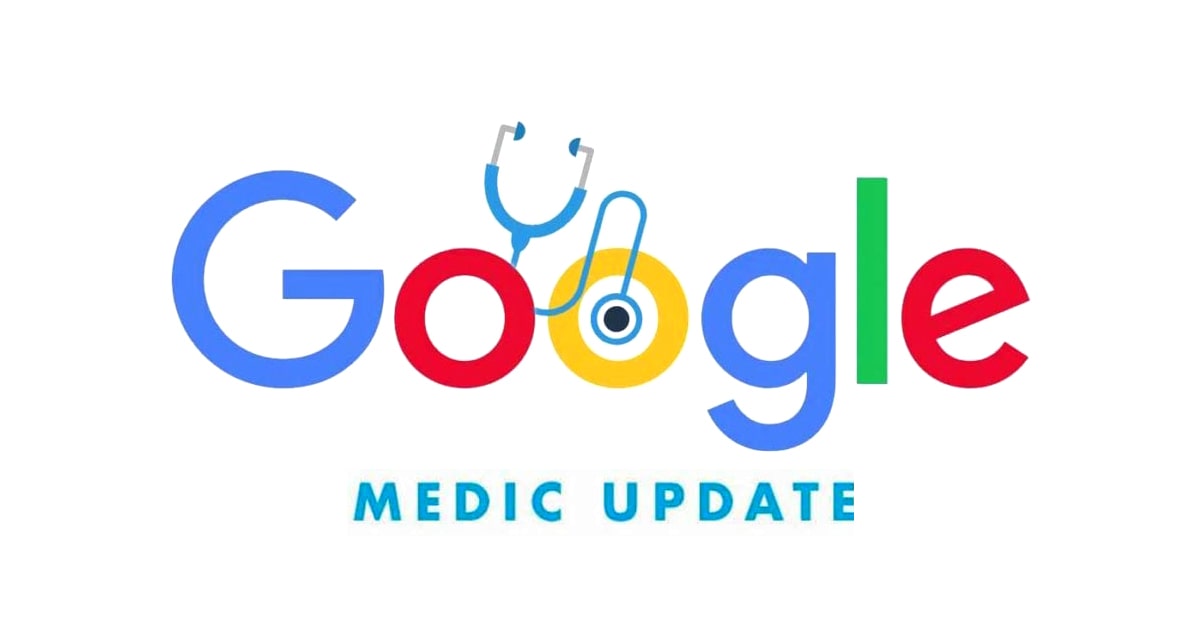
Google BERT Algorithm
Google BERT Algorithm ( Bidirectional Encoder Representation from Transformers) is the latest update of the Google from past five years, This BERT update impacts 10% of overall search queries, Let's see how, BERT updates completely changes the search method, this handles natural phrased queries like, questions based search and deliver queries, This algorithm is otherwise called deep learning algorithm and this learns users search query and deliver, After release of BERT update, website which contains only content were demoted at the same time website with good quality content got ranked due to this update on-page SEO becomes more important in terms of using words in accurate way

Google Core update
Google Core update up to 2017, which are based on core updates, The major algorithm update like Panda, Penguin, Humming Bird, the changes of these updates were mentioned by Google core update, The monthly updates are based on core updates like page experience website loading, website speed, mobile friendliness were checked, You have to optimize the websites for both, desktop and mobile devices to rank easily on Google, you can check Google's recent updates in search engine land and MOZ .
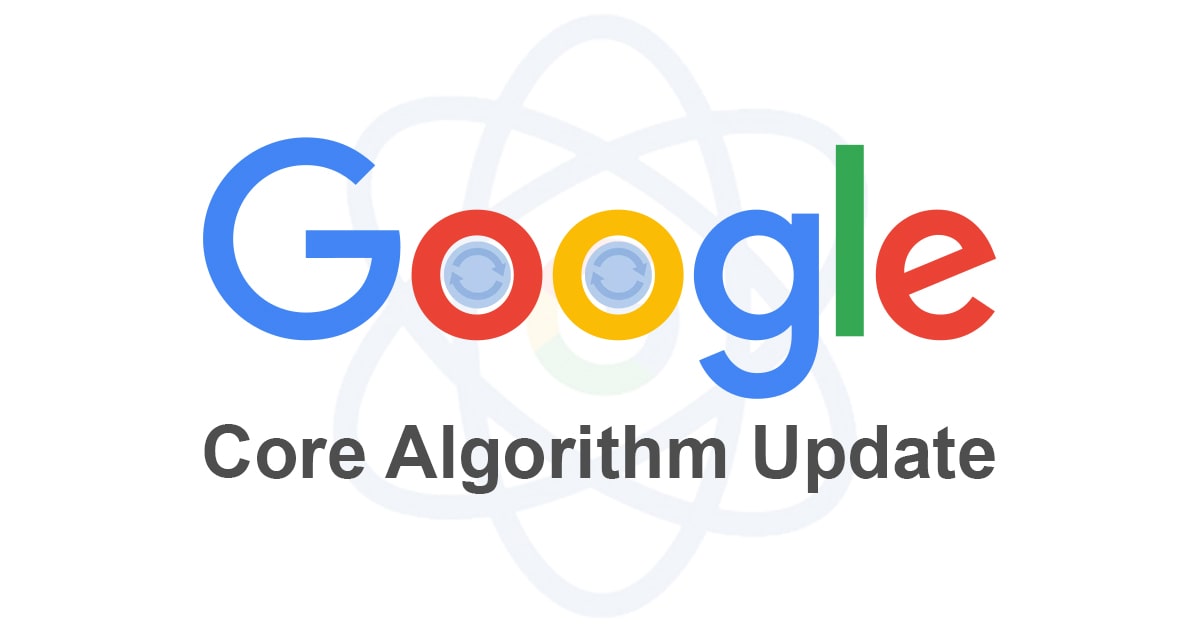
conclusion:
Google algorithm updates main intension to prevent user from the Spam information, to avoid financial risk of the users, and also this updates is to penalize website that makes user uncomfortable when they search for the particular query on Google. Algorithms benefits users by giving relevant quality results.




